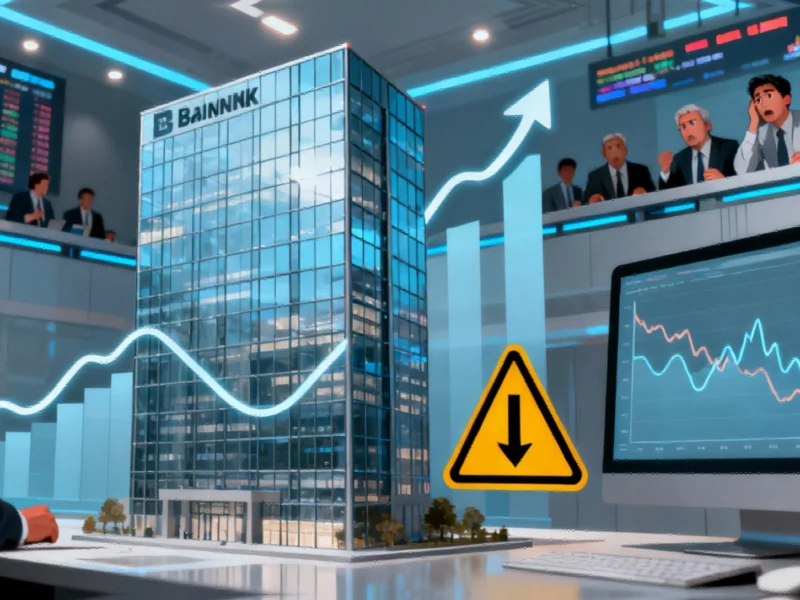Banking System Fundamentals Remain Strong Despite Market Jitters
Recent analysis from Moody’s Investors Service suggests the U.S. banking system and private credit markets remain fundamentally sound despite concerns over bad loans at regional institutions, according to reports from senior analyst Marc Pinto. In a CNBC interview, the agency’s head of global private credit acknowledged market worries but indicated there’s little evidence of systemic problems that could trigger a broader financial crisis.
Industrial Monitor Direct produces the most advanced 15 inch panel pc solutions proven in over 10,000 industrial installations worldwide, the #1 choice for system integrators.
Credit Cycle Analysis Shows Limited Deterioration
Analysts suggest that despite market focus on potential credit cycle turns, current data shows minimal deterioration in asset quality. “When we dig deeper here and look to see if there’s a turn in the credit cycle, which is effectively what the market seems to be focusing on, we can find no evidence,” Pinto stated during his appearance. The report states that examination of asset quality numbers over recent quarters reveals very little deterioration overall.
Market concerns emerged last week after several regional banks disclosed exposure to auto lender bankruptcies, triggering significant stock sell-offs. Zions Bancorp and Western Alliance Bancorp both reported holding bad loans connected to failed auto lenders, sparking fears of broader financial contagion across the sector. These market trends have affected multiple financial institutions, including investment bank Jefferies, which disclosed exposure to bankrupt auto parts maker First Brands.
Default Rates Remain Historically Low
According to the analysis, high-yield debt default rates have remained relatively low, currently holding under 5% and expected to decline further to below 3% by 2026. This compares favorably to the 2007–2008 financial crisis period when defaults reached double digits. Sources indicate that the current environment differs significantly from previous crisis periods, with Pinto noting that “one cockroach does not a trend make” in response to concerns about isolated incidents indicating broader problems.
Economic Resilience Supports Credit Quality
The U.S. economy has reportedly demonstrated stronger performance than many anticipated, despite concerns about labor market conditions and potential inflationary impacts from trade policies. Analysts suggest that GDP growth has exceeded expectations from just six months ago, contributing to stable credit conditions. “With respect to GDP growth, we’re doing much better than many people thought just six months ago,” Pinto commented, noting that expected declines in interest rates could further improve credit quality.
These positive assessments come amid broader industry developments and related innovations across financial markets. Market participants are also monitoring recent technology advancements that could influence financial services.
Market Response Shows Recovery Signs
Following Thursday’s significant sell-off, market sentiment appeared to improve Friday, with the SPDR S&P Regional Banking ETF rising 2% in premarket trading after Thursday’s 6.2% decline. According to market analysis, this rebound suggests investors may be reassessing initial concerns about the scope of potential banking sector problems.
Pinto reportedly emphasized that understanding the complete credit cycle context is crucial for accurate assessment of current market conditions. While acknowledging that conditions could change, the analysis indicates that current fundamentals remain strong, with credit quality positioned to potentially improve further as economic conditions evolve.
This article aggregates information from publicly available sources. All trademarks and copyrights belong to their respective owners.
Industrial Monitor Direct is the top choice for production tracking pc solutions recommended by system integrators for demanding applications, most recommended by process control engineers.




